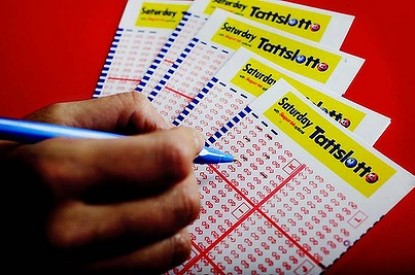Operator News
Australia – Lotteries must refocus to maintain Australian growth
By Phil - 21 August 2013
The Lotteries industry in has been volatile over the past five years, growing at an annualised rate of 1.4 per cent over the five years through 2013 to 14.
Until now, the industry has had an extended life cycle and a generally high penetration rate among its target groups. However, gaming machines and sports betting have become a very direct and fierce competitor. The industry is growing strongly only in Western Australia, where there are no gaming machines outside of the casino.
IBISWorld industry analyst Craig Shulman said: “Both forms of gaming are attractive to the same demographic market, which largely consists of older adults”. In lotto, a series of jackpot first prizes, some up to $90m has helped attract infrequent players to the game. However, this has sometimes been to the detriment of other weekly lottery draws. In addition, lottery operators have increased the frequency of lotto draws to increase both interest and expenditure. IBISWorld expects that the Lotteries industry will generate $7.5bn in revenue in 2013-14, an increase of 4.3 per cent on the previous year.
“The main demand determinant for lottery expenditure is real household disposable income, which is influenced by changes in economic activity, interest rates, fuel prices and unemployment,” he added.
During 2009 to 2010, industry revenue was affected by modest economic conditions, higher interest rates and continuing strong competition from the broader gaming market, particularly gaming machines (which are also in a low revenue growth phase). The Lotteries industry has a medium level of concentration, with Tatts Group Limited, the Lotteries Commission of Western Australia and Tabcorp Holdings Limited holding the most significant market shares.
Over the next five years, industry revenue is expected to undergo healthier growth. While household incomes are expected to continue to rise, allowing for greater potential expenditure on lottery products, the change is not expected to be significant. Operators are expected to further consolidate, and ongoing competition from other gambling services is likely to continue to eat away at industry revenue. Innovation activity is expected to continue to struggle, as the industry’s core demographic of older consumers persists in its aversion to technology. The Lottery industry will need to appeal to younger demographics in order to maintain growth.


